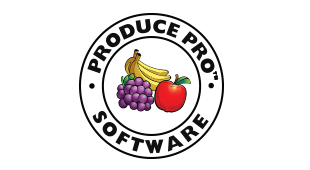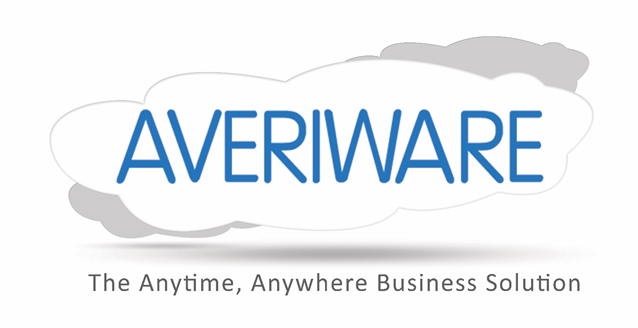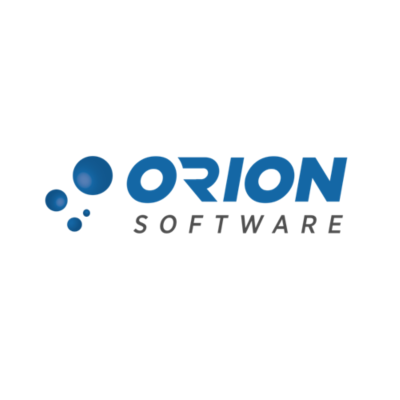What Is Food Distribution Software
Food distribution companies are the lifeblood of the foodservice industry. They’re responsible for getting things from point A to point B, and these days that means more than just the food and its packaging making the journey.
Today’s food distribution companies are expected to know everything from where the food is from to how it will be handled once it arrives. The food distribution software you use should handle all of that, allowing you to run your business with the right amount of control and oversight.
Foodservice distribution software is simply software designed for restaurants to keep track of their inventory.
Such systems are also used to manage employee schedules and other information about the transportation and distribution of food. It also creates reports for management on such issues as route efficiency and driver scheduling.
Compare Food Distribution Software
Food Distribution Software Buyer’s Guide
Benefits of Food Distribution Software
When you run a restaurant, you need a lot of things to go right to stay in business: the food needs to be great, the staff needs to be friendly, and the place needs to be clean. Logistics also plays a significant role in a restaurant’s success:
- How efficiently do you serve customers?
- How much waste do you create?
- How much is your food costing you?
A food distribution software can make a big difference in the way you do business. These systems can help restaurants to cut operation costs and serve more customers. Software like this can be used for food ordering and inventory management.
Food distribution software is designed to help restaurant owners and managers track their food inventories, make orders, track orders by the food distributors, track deliveries, and monitor their orders when they come in.
Restaurants can use it to make the whole ordering process more comfortable and more efficient. Other valuable benefits:
- Food distribution software helps to order food in bulk.
- It helps to save time and money.
- With its help, customers can be served in a more timely matter.
- Food distribution software can help to improve a restaurant’s efficiency.
- This can help to save time and money.
Main Features of Food Distribution Software
The hospitality industry is full of small businesses that need to control food costs and labor costs. Many companies choose to measure these and then manage them by using computer systems to track orders, sales, and inventory.
This system can help determine how many of each item should be ordered and even help with menu planning.
These systems can then be tied into food distribution software to help businesses better control their kitchen workflow. This has become especially important as more companies offer fast, new options to their customers, who have come to expect that speed.
What is the Best Food Distribution Software?
If you are looking for the best food distribution software to handle all your food-related business and to keep your business growing up, then you have roamed and search on the internet for the best food software. Nowadays, there are many food distribution software available in the market, and it is really tough for you to choose the best one.
What is Food Distribution Software Used For?
The food distribution industry is incredibly competitive. Food distributors and restaurants can not survive without the right software. Food distributors have to track the food they send to their customers, so they need a reliable software solution that will enable them to assess the products’ quality and decide their products’ prices. Without it, they will be unable to compete effectively.
How Much Does Food Distribution Software Cost?
The cost of food distribution software is typically based on the number of pallets you need to track in your system. However, the number of pallets you need to track will depend on your organization’s size and current technology. For example, if you’re a small company with only a few trucks and a couple of warehouse workers, you may only need to track the pallets on those trucks rather than the pallets in the warehouse. In addition, the cost of food distribution software is usually tied to how much you want to integrate the software into your current workflow.




























